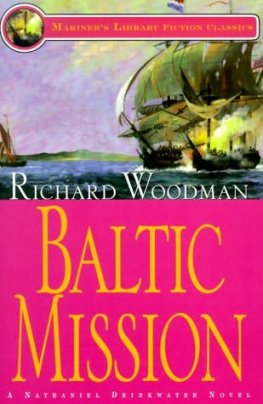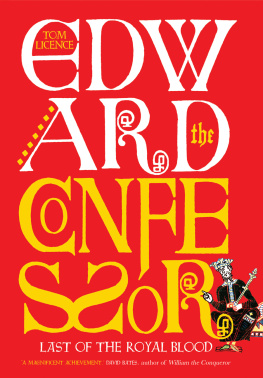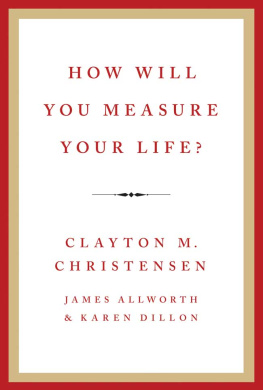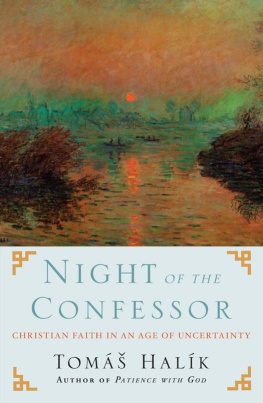Penguin Monarchs
| THE HOUSES OF WESSEX AND DENMARK |
| Athelstan | Tom Holland |
| Aethelred the Unready | Richard Abels |
| Cnut | Ryan Lavelle |
| Edward the Confessor | David Woodman |
| THE HOUSES OF NORMANDY, BLOIS AND ANJOU |
| William I | Marc Morris |
| William II | John Gillingham |
| Henry I | Edmund King |
| Stephen | Carl Watkins |
| Henry II | Richard Barber |
| Richard I | Thomas Asbridge |
| John | Nicholas Vincent |
| THE HOUSE OF PLANTAGENET |
| Henry III | Stephen Church |
| Edward I | Andy King |
| Edward II | Christopher Given-Wilson |
| Edward III | Jonathan Sumption |
| Richard II | Laura Ashe |
| THE HOUSES OF LANCASTER AND YORK |
| Henry IV | Catherine Nall |
| Henry V | Anne Curry |
| Henry VI | James Ross |
| Edward IV | A. J. Pollard |
| Edward V | Thomas Penn |
| Richard III | Rosemary Horrox |
| THE HOUSE OF TUDOR |
| Henry VII | Sean Cunningham |
| Henry VIII | John Guy |
| Edward VI | Stephen Alford |
| Mary I | John Edwards |
| Elizabeth I | Helen Castor |
| THE HOUSE OF STUART |
| James I | Thomas Cogswell |
| Charles I | Mark Kishlansky |
| [Cromwell | David Horspool] |
| Charles II | Clare Jackson |
| James II | David Womersley |
| William III & Mary II | Jonathan Keates |
| Anne | Richard Hewlings |
| THE HOUSE OF HANOVER |
| George I | Tim Blanning |
| George II | Norman Davies |
| George III | Jeremy Black |
| George IV | Stella Tillyard |
| William IV | Roger Knight |
| Victoria | Jane Ridley |
| THE HOUSES OF SAXE-COBURG & GOTHA AND WINDSOR |
| Edward VII | Richard Davenport-Hines |
| George V | David Cannadine |
| Edward VIII | Piers Brendon |
| George VI | Philip Ziegler |
| Elizabeth II | Douglas Hurd |
Now in paperback
A Note on the Anglo-Saxon Chronicle
The origins of the Anglo-Saxon Chronicle lie in the court of King Alfred the Great in the early 890s, to which additions were made at various subsequent stages in the Anglo-Saxon period and beyond. Information for Edwards reign is provided by three principal manuscript copies of the Chronicle, referred to by the letters C, D and E. For some entries these different versions contain broadly similar detail. For others (and this is particularly evident in their accounts of 10512) they exhibit stark differences that reflect the time in which they were written and the bias/interests of their authors. Versions C and E were seemingly written closer in time to the events they describe than D, which, in parts, may exhibit a post-1066 perspective. Arguments have been made that C was composed at various places, including Abingdon, Canterbury and, most recently, Evesham; it has been connected with the house of Leofric, Earl of the North-West Midlands. D has information in particular about the west Midlands and northern England and is connected with Archbishop Ealdred of York. E, although it survives as part of a manuscript copied at Peterborough around 1120, is for the period 1043 to 1063 considered to have been a near-contemporary chronicle kept at St Augustines, Canterbury; broadly speaking, it is more favourable to the Godwines, although it also expresses disagreement with some of their actions relating to the south-east.



David Woodman
EDWARD THE CONFESSOR
The Sainted King


PENGUIN BOOKS
UK | USA | Canada | Ireland | Australia
New Zealand | India | South Africa
Penguin Books is part of the Penguin Random House group of companies whose addresses can be found at global.penguinrandomhouse.com.

First published by Allen Lane in 2020
Copyright David Woodman, 2020
The moral right of the author has been asserted
Cover design by Pentagram
Jacket art by Jeff Fisher
ISBN: 978-0-241-38302-5
This ebook is copyright material and must not be copied, reproduced, transferred, distributed, leased, licensed or publicly performed or used in any way except as specifically permitted in writing by the publishers, as allowed under the terms and conditions under which it was purchased or as strictly permitted by applicable copyright law. Any unauthorized distribution or use of this text may be a direct infringement of the authors and publishers rights and those responsible may be liable in law accordingly.
For Sasha,
who is simply perfect
Introduction
On 7 February 1161, Pope Alexander III issued a papal bull a form of public decree which bestowed sainthood on Edward, the king who ruled in England between 1042 and 1066. From this moment Edward was admitted to the ranks of the holy confessors (those saints who died of natural causes) from where he derives his honorific the Confessor. This is how Edward is best known to us: as a royal saint who lies buried in Westminster Abbey. But this is the Edward of myth, not the Edward of history. The majority of this book is concerned with the eleventh-century Edward, before we survey (in ) his afterlife, the circumstances in which he was canonized and the ways in which he remained an important national figure into the thirteenth century.
The Edward of the mid to late eleventh century is accessible to us in various ways. A number of near-contemporary sources have fortunately been preserved. These range from narrative texts about Edwards mother (the











![Richard Woodman [Richard Woodman] - The Disastrous Voyage of the Santa Margarita](/uploads/posts/book/140251/thumbs/richard-woodman-richard-woodman-the-disastrous.jpg)






